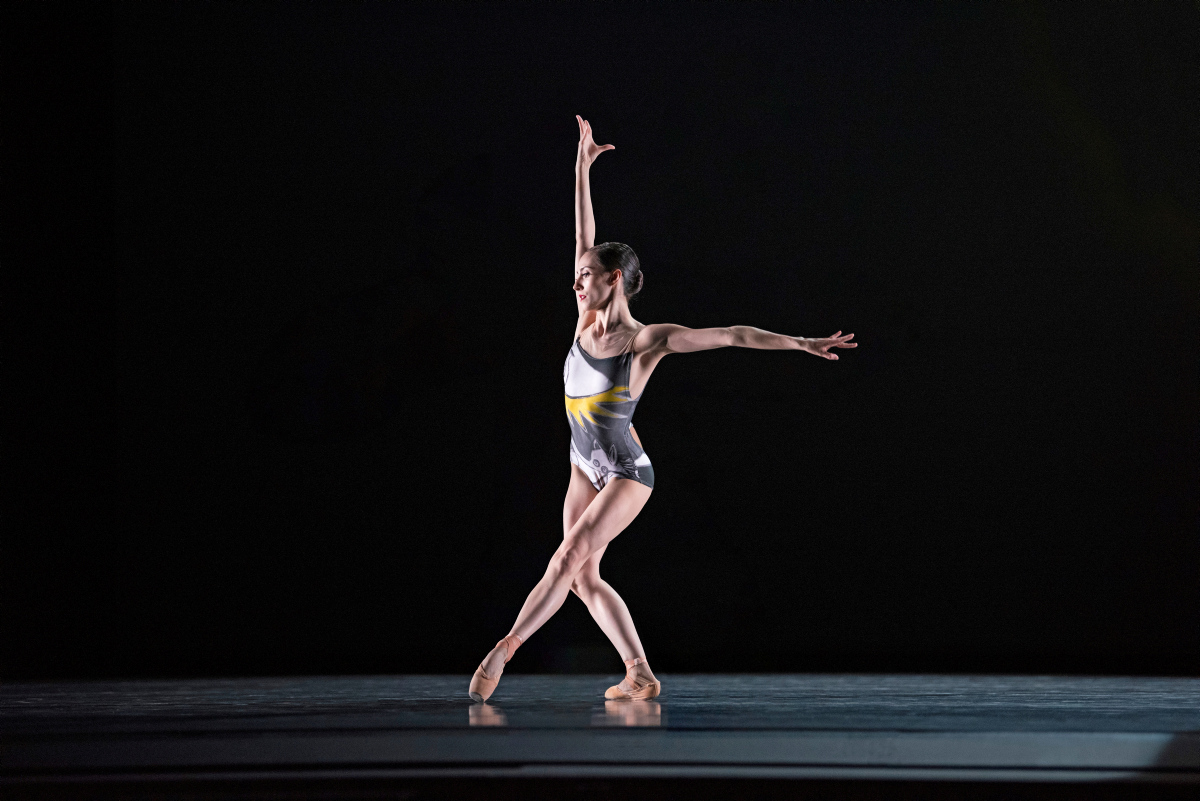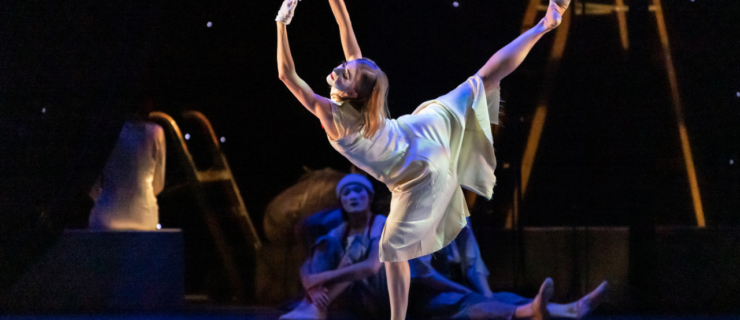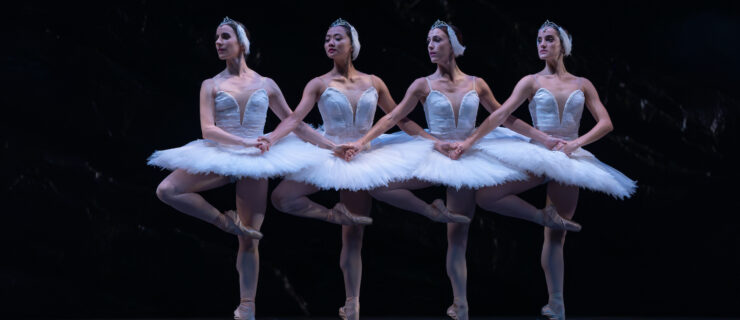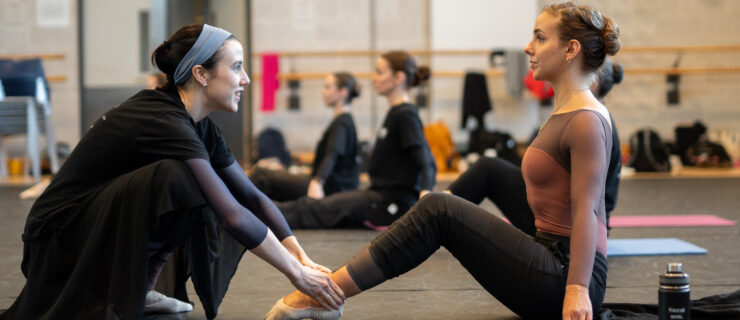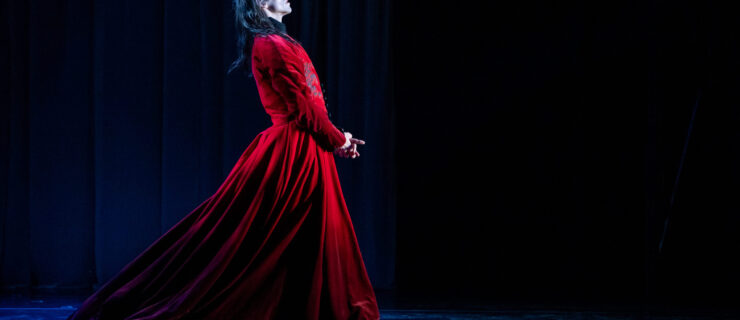Changing Course: How the Pandemic Altered 5 Dancers’ Career Paths, With and Without Ballet
Call it routine, call it ritual—each dancer has one. A life in ballet can dictate what we eat, how we exercise and what other passions we pursue; limited free time and energy outside of the studio allows for little else. Then COVID-19 hit, and everything stopped, allowing dancers the space to take a hard look at their lives and reprioritize them. Consequently, the ballet world underwent its own “Great Resignation”—you saw dancers thriving at one company moving across the country or the world to join another, and others with a decade left to their careers choosing to hang up their shoes for other passions. The question COVID created for all was: Without our daily ritual to occupy us, where do we put our time? Two years later, these five artists reflect on how the pandemic changed the course of their careers.
Kyle Davis and Gabrielle Salvatto
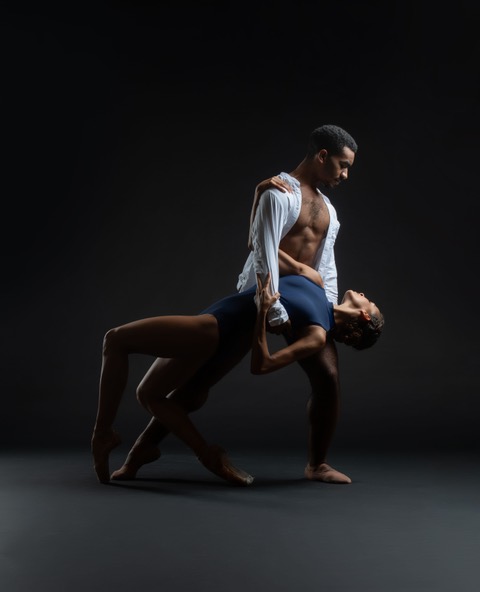
For married couple Kyle Davis and Gabrielle Salvatto, change was already on the horizon pre-pandemic. Both were established artists at Ballet West but were contemplating a transition. “We were getting more repetitive classical rep as the seasons went on and we were looking for something more artistically fulfilling—more contemporary, neoclassical and [with] new creations,” Salvatto explains. The main thing holding them in Salt Lake City was the security of a stable job and a reliable salary.
They started exploring the possibility of dancing in Europe, auditioning overseas in the months leading up to the shutdown. They made it back the day before the U.S. borders closed. Upon arriving home, they, like so many dancers, found themselves furloughed without a steady paycheck. When they factored that loss alongside the growing social and racial unrest in Salt Lake City itself, they felt it was illogical to stay. Certain of their next step or not, they were out.
Their route over the last two years has been a multistep journey—first spending a season with Tanz Company Innsbruck in Austria before landing at Saarländisches Staatstheater in Germany. Now they’re diving into adventurous new works by eminent European choreographers like Marco Goecke. “[This rep] is really what we’ve wanted to do all along,” says Davis. Salvatto agrees that they’ve found what they were missing: “The ability to be ourselves onstage—tattoos uncovered, flesh-tone tights, loose hair and makeup guidelines—offers a freedom we were seeking that classical ballet really restricts.”
Reilley McKinlay
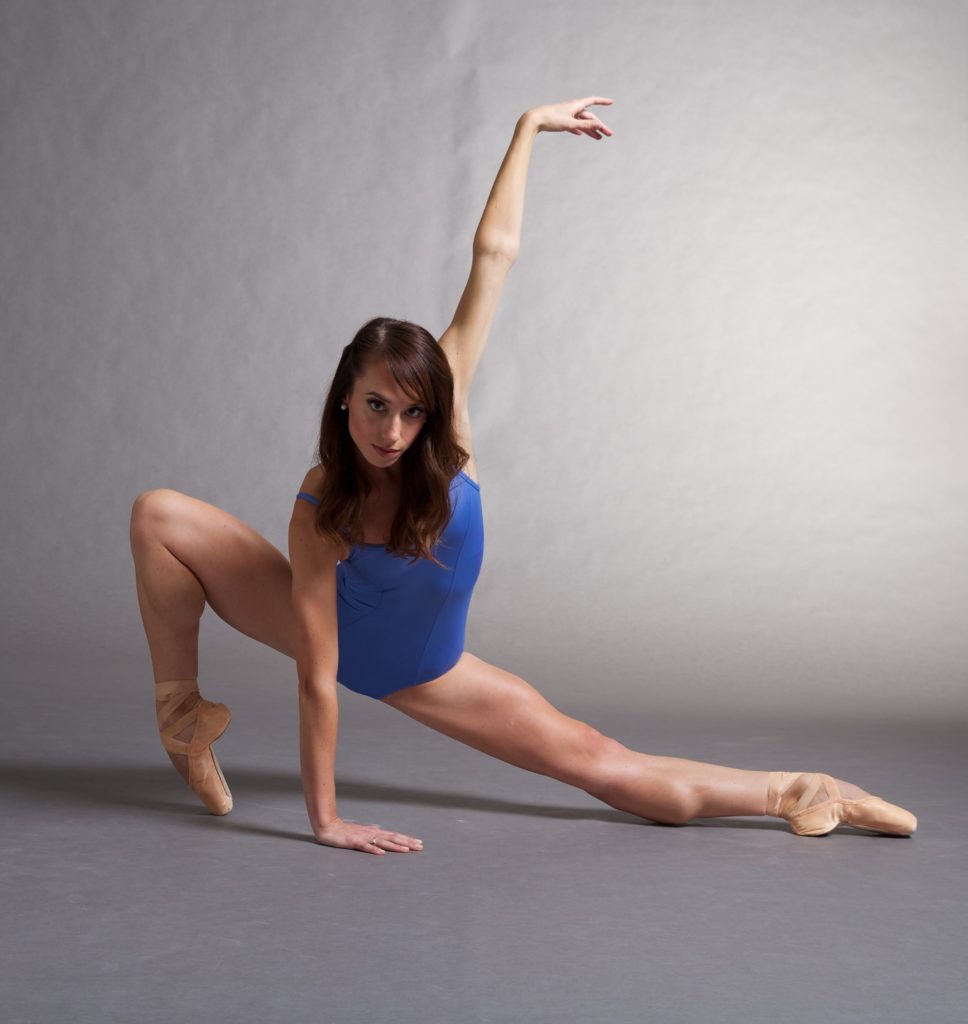
Reilley McKinlay knew she wanted to return to Alberta Ballet after having her second baby. (She was 16 weeks pregnant when the pandemic struck.)
Life without ballet had crossed her mind before, while on her first maternity leave. In order to stay on salary with the company, she worked in a variety of in-office and in-studio positions. “I’d had a chance to think—What is my next step? What am I going to do when this isn’t happening anymore?” She briefly looked into various administrative positions in the arts: “I care about the art world so much. Why would I not want to give back in another form?” At that point, the question was purely hypothetical.
Her second pregnancy felt different—in stepping away again, her mindset fully shifted, and McKinlay knew that what she wanted from dance went beyond what she could experience onstage. She went back to work in August 2021, but by late fall felt it was time to plan her transition. “I’m not getting the fulfillment from dancing anymore that I could get from other aspects of the ballet world,” she says.
McKinlay scheduled a meeting with artistic director Christopher Anderson, not knowing what her future might hold. He encouraged her to apply for a newly created position at the company, artistic coordinator, and she got the job. She finished her performing career midseason in a new work by outgoing artistic director Jean Grand-Maître alongside her husband, Kelley McKinlay (who was also retiring). While unexpected, the chain of events couldn’t feel more right, she says: “This is something different for our family, and we love it.” She had signed on for the season as a dancer, and finished it in an entirely new role.
Steven Loch
Steven Loch’s career as a soloist at Pacific Northwest Ballet was moving along, and he was pouring himself into the ballets on his plate. He’d always kept his eyes open for new opportunities, he admits, but largely out of curiosity. “Dancers often would love to try something new—you only have one career, after all,” says Loch.
Like many others, Loch headed back to his home state of Texas to wait the pandemic out. While there, he was asked to judge at a nearby Youth America Grand Prix semifinal. In a passing conversation with assistant artistic director of YAGP Alexei Moskalenko, whose wife, Tania Castroverde Moskalenko, is the former executive director of Miami City Ballet, Loch learned that the company had an opening for a principal male. Suddenly, Loch saw an opportunity to tackle lead roles in ballets like Swan Lake or “Diamonds”—roles he felt ready for but hadn’t had a chance to do at PNB.
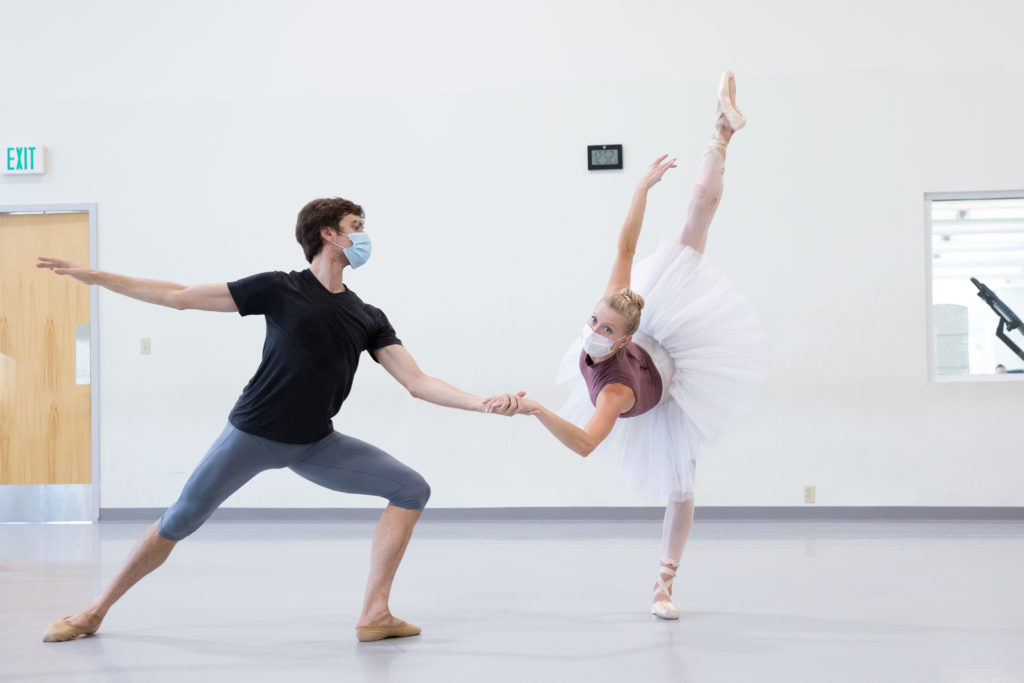
An immensely motivated person, he flew to Miami, quarantining in his hotel room in order to audition in company class. His investment paid off and he was offered the position, joining MCB in the fall of 2021. It wasn’t long before he took on the roles he’d been hoping for; in February 2022 he made his debut as Prince Siegfried in Alexei Ratmansky’s Swan Lake.
Loch never saw his career turn coming. “Had COVID not existed, and had I not been in Texas to judge that weekend, there’s no way it would have happened,” he says. “It truly did fall into place really beautifully.”
Jahna Frantziskonis
In the spring of 2020, Jahna Frantziskonis was dancing the lead butterfly in Balanchine’s A Midsummer Night’s Dream with San Francisco Ballet. The last time she’d done the ballet was as a student, when she’d performed as an extra butterfly and courtier. It was a fulfilling, full-circle moment for the SFB soloist. But days later, the pandemic shutdown halted everything.
Like everyone else, Frantziskonis took class in her living room. But her interests quickly shifted. “Being dancers, we never have time to do anything,” she says. “I thought, I’m going to use this time to really hone in on something I’ve wanted to do forever but never had the time or space to do.”
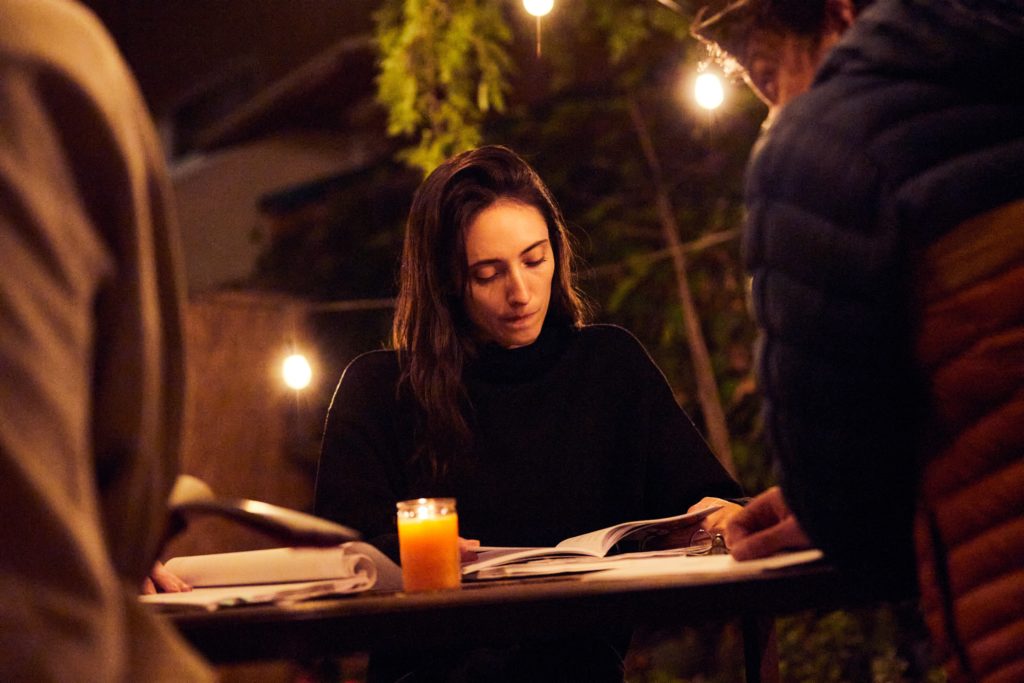
Frantziskonis had loved acting since childhood. Whenever she was cast in a character-based role, she read the books, watched the films, and covered her apartment in poster boards. During the pandemic, she decided to sign up for one online acting class in New York City; soon she was registering for virtual acting courses all over the world. “I went wild,” she says. “I was like a little kid completely in love—I couldn’t stop.” She soon realized that she wanted to dedicate herself to acting full-time, and step away from dancing in a company.
At the end of the 2021 season, Frantziskonis retired from SFB, moved to Los Angeles and started a whole new chapter. Now, she experiences a different full-circle moment: “I’m really proud of the career I had, and I’m so in love with the career I want. And I’m so lucky that the two are so paralleled; I can still explore as an artist and tell stories, and connect with people in the way that art did with me.”
